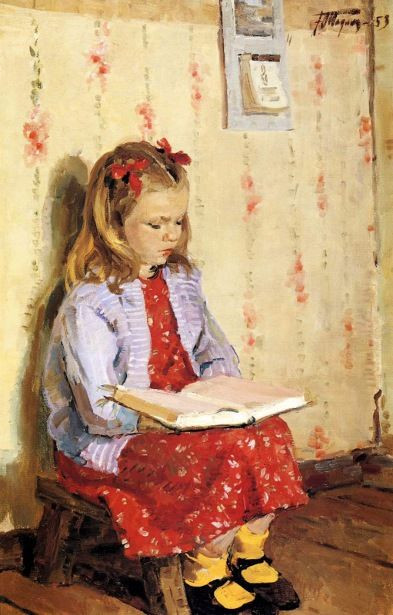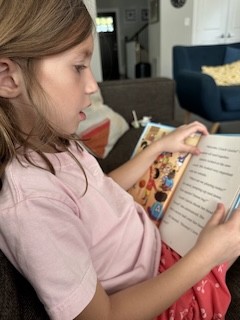Blast from the Past: This blog first posted August 16, 2015, and was reposted on September 25, 2021.This blog entry is an evergreen. What I mean by that I didn’t need to change a word. What it took to teach vocabulary effectively was as true then as it is now. It is important that students develop rich vocabulary. This is both an issue of knowledge of the world and language, since vocabulary is the connection between these key reading assets. This blog entry straightforwardly addresses what it takes to develop this resource in our students.
Teacher question:
What do you recommend is the best way to teach vocabulary to struggling readers at the middle school level?
Shanahan’s response:
I know of no special ways of teaching vocabulary to that group of students. Vocabulary is one of the many areas of instruction that one doesn’t find much in the way of interactions. What I mean by that is that usually, when it comes to teaching, what works with some kids, works with all or most kids. Struggling readers tend to be a bit slower in picking things up and consequently they tend to benefit a bit more from explicit teaching and increased repetition—but the same patterns of success are to be expected from everyone.
Vocabulary learning is incremental and there are more words that kids need to learn than we can teach. Kids need lots of opportunities to confront words in their reading and listening. Beyond that, teachers should focus attention on some of these words, by providing explanation of the words, or having the students explaining them from context themselves. Having kids read challenging materials—that is materials that use words they might not yet know, and then drawing their attention to these words through questioning, etc. is very important. That, in fact, should be a big part of the classroom context: understanding and communicating are important in this classroom and words are a big part of that. Students need to be encouraged to pay attention to words.
You can also teach some particularly important or powerful words explicitly to help accelerate student progress in vocabulary. Here are some recommendations about how that teaching can be successful:
Word knowledge is multi-dimensional. Students learn words best when they have opportunities to think of words deeply—rather than just through definitions. Focus on the encyclopedia description more than the dictionary definition. Consequently, one of my favorite vocabulary activities is to have students writing multiple “definitions” for words, rather than single definitions.
Say you wanted to teach the word rope. The dictionary definition is “a length of strong cord made by twisting together strands of natural fibers such as hemp or artificial fibers such as polypropylene.” But that’s not good enough. I would also want the students to come up with some synonyms for rope (e.g., cord, twine, string), and a real example (like “my mom uses rope for a clothesline in our basement” or “we have a rope that the girls play jump rope with during recess”). What category does rope belong to? Tools or things we can tie, perhaps. It’s a noun (a thing, specifically). How about a comparison? Rope is like stringer, but thicker and stronger because it is made of several strands. Let’s also have kids act this one out. Perhaps they’d pretend to climb a rope, or they’d have an imaginary “tug of war.” Drawing a picture of a rope would be another kind of definition or description and providing a sentence that uses a word in a way that shows that you know what it means is a good idea, too (“I tied the boxes together with a piece of rope”). [This exercise can be elaborated on lots of ways: using the words in analogies such as “rope is to cord as a street is to a lane”; listing different forms of the word by using various prefixes and suffixes, trying to use forms of the word in different ways grammatically as nouns, verbs, adverbs, adjectives etc. — “The cowboy is roping a calf.” “Since I started riding a bicycle, my muscles have gotten ropey.”]
Word learning is social. Words are learned best when students have a lot of opportunity to interact and connect around words. For example, the multiple definition exercise described above is most effective when kids don’t do that by themselves. Have them work on that kind of assignment in teams. That requires that they talk to each other and help each other to figure out the word meanings and that they provide explanations of the words. Another possibility: instead of having everyone looking up 8-10 words in the dictionary, assign 2-4 words to each group (I usually overlap these, so that more than one group gets a particular word). Then have the groups take turn teaching each other the words.
Words need to be related with other words. Words relate each other in lots of ways and understanding how they fit together can help. Many vocabulary programs group words together: words about using our legs (e.g., run, amble, leap, meander) words about talking (e.g., swore, vowed, yelled, recitation), health and medical words (e.g., exercise, diet, calories, cholesterol). That can be tough to replicate in a classroom setting, but this can be done effectively in retrospect, too. As students learn new words keep track of them (e.g., a word wall, a vocabulary bulletin board). Then have them trying to group words: which ones go together—building categories out of the relationships among the words that have been taught. Synonyms aren’t the only kinds of relationships either. Have students consider various relationships (for the rope example above, consider uses or functions (e.g., clothesline, rope climbing, rodeo—roping calves); parts (e.g., fibers, strands); who uses these (e.g., cowboys, gym teachers, campers, someone doing laundry).
Words need to be used in lots of ways. Organize your lessons so students have many opportunities to read the words of interest, to hear them orally, to use the words orally themselves, and to write the words in context (I’m not talking about just copying a word). Put vocabulary into the context of communication, learning, and language use—that means lots of speaking, listening, reading, and writing with the focus words.
Words need to be connected to kids’ lives. Beck and McKeown’s “Word Wizards” is great for this. Have kids watch for their words in use and give them credit if they bring in evidence of having used or come across the words that they are learning.
Words don’t stick easily. Include lots of opportunity for review. Words need to accumulate across the entire school year, and that means going back to them again and again. The re-categorizing that I described above is a great review activity. If you test kids’ vocabulary with a weekly quiz, make it cumulative—continually recycle some of the older words. Set aside weeks where you don’t focus on new words, but on a larger number of the previously studied ones. And, of course, give kids lots of opportunity to re-confront the words in text.







Comments
See what others have to say about this topic.